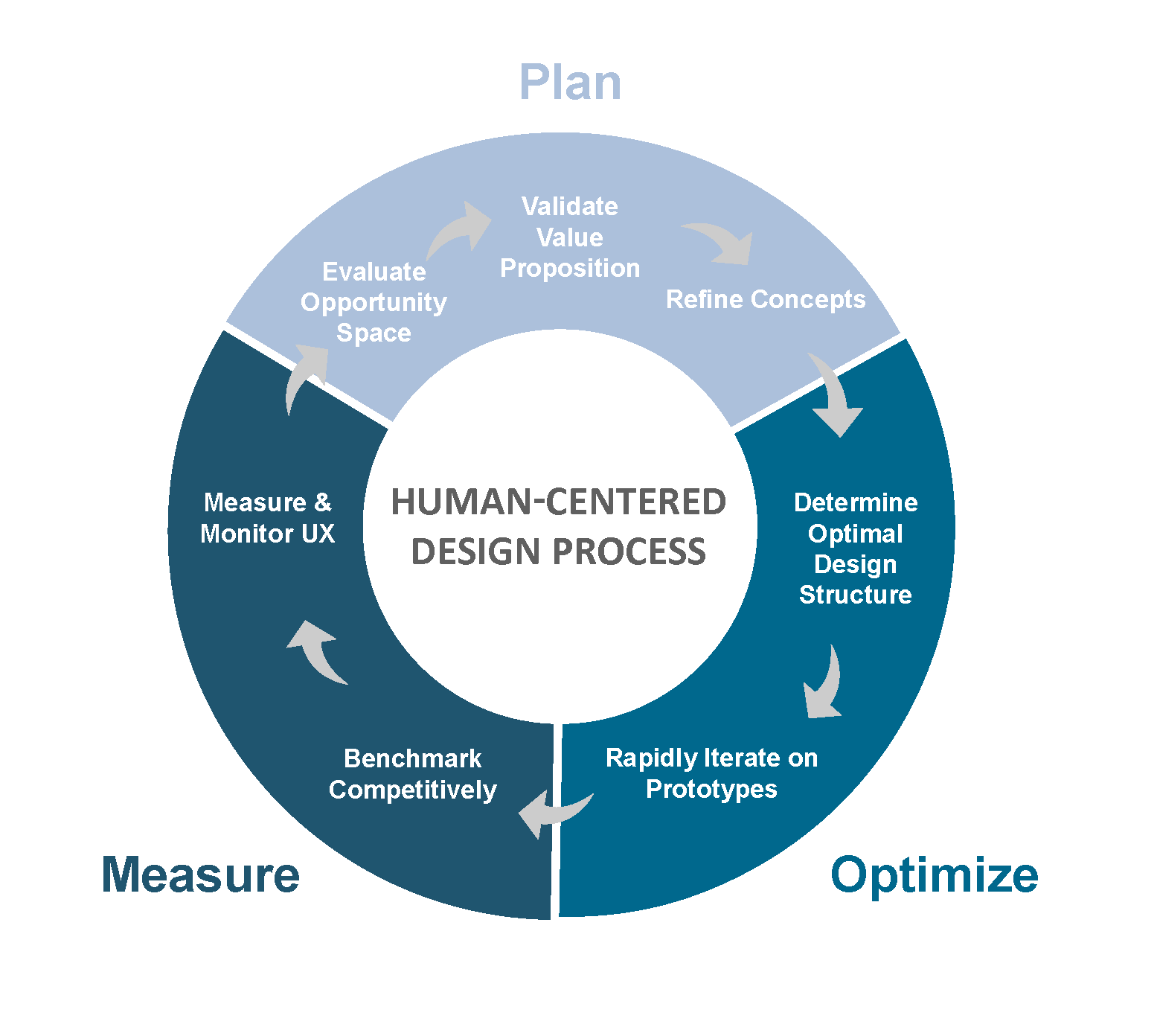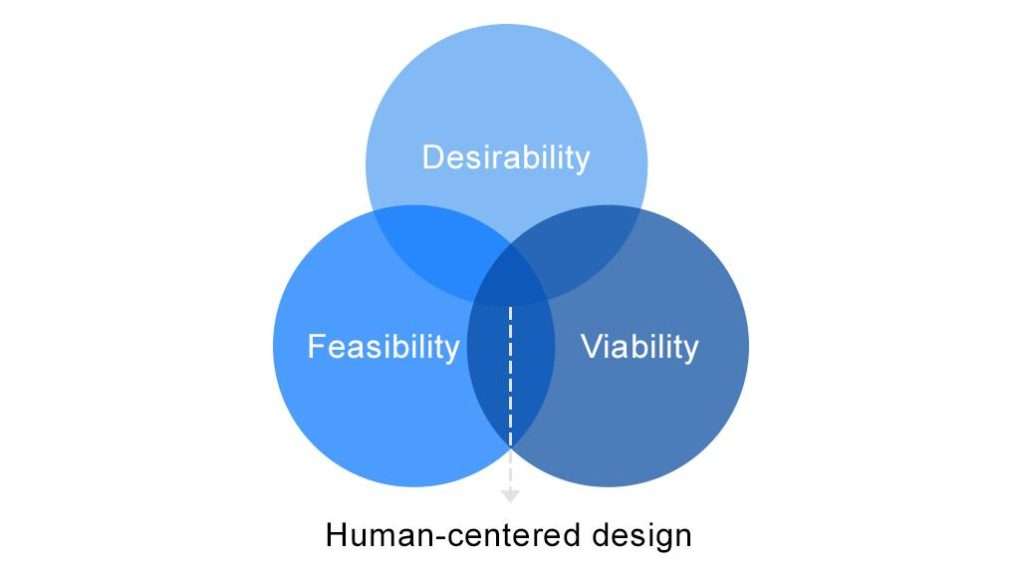
To build products and services that users love, first you need to empathize with them. Research helps teams gather user insights to create meaningful solutions—but don't stop there. "The best way to build empathy for your customers is to make them an extension of your team," , says veteran product lead Peter Yang. "Recruit a few dozen customers who are a mix of beginner, intermediate, and advanced users to be in conversation." Human-centered design (HCD) is a methodology that places the user at the heart of the design process. It seeks to deeply understand users' needs, behaviors and experiences to create effective solutions catering to their unique challenges and desires.
Popular Features
In the mid-nineties, Oral-B asked global design firm IDEO to develop a new kid’s toothbrush. Rather than replicating what was already on the market—a slim, shorter version of an adult-sized toothbrush—IDEO’s team went directly to the source; they watched children brush their teeth. Once you’ve overcome cognitive fixedness, the goal is to generate dozens of ideas to amplify creativity and ensure no one gets attached to a potential solution before it’s been tested. Here you and your team will come up with ideas based on what you learned in the previous phase.
Phase 6: Implementation
Take HelloFresh, founded in 2011 by Dominik Richter, Thomas Griesel, and Jessica Nilsson. The company delivers a box of fresh food to your door, with easy recipes included. The founders recognized that people have trouble finding time to shop for groceries and struggle to create healthy, affordable meals -- they came up with a solution to both problems. For a more thorough understanding of these design approaches, please watch this informative video. Read this JND article for additional insights about the human-centered design principles. It's important to remember, as we focus on the human aspect, we expand our scope to societies and, ultimately, humanity-centered design.
Phase Two: Ideation.
PrototypePrototypes allow you to test a design in the context of real use (or as close to it as possible). This provides more detailed contextual information needed to refine a solution. Prototyping is the best way to get a holistic understanding of someone’s experience in the context of use and is performed to answer key questions about business and product assumptions. As teams come to understand the problem effectively, they should start generating ideas for solutions to the problem or opportunity identified in the define stage.
The HubSpot Customer Platform
While I was writing this blog post, Samsung came up with one of its most unexpected products, and I’m delighted because of the timing because this product is a great example of human-centered design. Before I show you some human-centered designs, I want to explain further why you should create human-centered designs. For more on humanity-centered design and how you can help design a better world, take our course Design for a Better World with Don Norman. As a streaming service, Netflix has made the life of moviegoers many times more comfortable by allowing them to watch their favorite films and series in one place for a monthly subscription. This reduces cognitive load and empowers users to interact with your tool properly. Slack also supports recording a video or audio message, giving users different communication options.
Human-centered design: A win for real-estate stakeholders - McKinsey
Human-centered design: A win for real-estate stakeholders.
Posted: Sun, 31 Mar 2019 07:00:00 GMT [source]
Share this article
Taking the time to identify and target the root cause helps you avoid wasting time on quick-fix solutions that hide or relocate the problem. In human-centered design, designers and users co-create websites that add value for everyone. It’s also about outcomes, measurable changes in customer behavior that are the indicators of success and value. Employing a human-centered design process, they built an interactive dressing room mirror that could display merchandise in different sizes and colors, make stylist recommendations for accessorizing a look, and more. Store tests were very successful, helping to triple expected clothing sales in Rebecca Minkoff stores.
The needs of human-centered design are empathy, creativity, and business needs. Deep empathy with creativity will help you develop a human-centered design; however, you should consider your business’ needs too. Uber used empathy in its UX design to get rid of these issues for its users. However, since Uber became available in my country, I started using Uber, and it changed the rhythm of my life. If you live in a big city, you know that taxis are hard to catch and even if you call for a taxi, you have no idea how long it will take to come.
And as our world becomes more intricately involved with complex socio-technical systems and wicked problems to address, the insights we leverage from human-centered design will continue to prove essential. The first ones — created in the 1940s — required specialists to operate them in closed environments. By the 1980s, things had changed; A large portion of smaller computers were being used by people without specialist knowledge. The early Unix system Ed (for “Editor”), for example, did not prompt users to save their changes, causing many users to erase their work when turning off their computers.
The Beginner’s Guide to Usability Testing [+ Sample Questions]

When you start prototyping, you should have presumed answers to these questions so you can learn more about your concepts quickly and, ideally, at a low cost. Build your UX career with a globally recognised, industry-approved qualification. Get the mindset, the confidence and the skills that make UX designers so valuable. Build your UX career with a globally-recognised, industry-approved certification. You'll now get the best career advice, industry insights and UX community content, direct to your inbox every month. Master content design and UX writing principles, from tone and style to writing for interfaces.
The main goal of this approach is to create a better user experience and reduce the gap between user and product. When we design products and services, we use human-centered design insights to help us focus on the people. But how do we focus on the people in the context of complex global challenges? In this video, Don Norman will tell you how he thinks we can learn from the people-centered principle of human-centered design and how we can strive to solve complex global challenges. However, Don Norman encourages designers to apply the principles of human-centered design to address large societal problems to ensure solutions meet the needs and experiences of people.
The final implementation phase involves prototyping and testing, with a focus on rapid iteration based on real-world feedback. HCD informs UX design principles—including user research, wireframing, prototyping, and usability testing. HCD takes a holistic, human-centered approach to UX design, focusing design teams on user needs across the product development process. HCD’s participatory design approach taps end-user input early and often, inviting users to co-design, test, and fine-tune UX design solutions.

From the beginning, Airbnb intentionally kept a human-centered focus to its brand. It wanted to design a more comfortable, tailored experience than the typical stock experience on offer at hotel chains. So it focused on cultivating a home away from home for its users — each unique yet authentic — that allowed visitors to immerse themselves in the community and culture. Understanding end-user needs is especially important during times of turbulence and fluctuation in the market, such as when the pandemic first began back in 2020. During those times, customer needs and priorities were shifting, and they might have required something new from your product to solve their problems. The concept of site orientation is based on how its navigational features are designed and the navigation options can be designed in several ways.
Sometimes called “participatory design,” human-centered design focuses on people’s everyday thinking, emotions, and behavior. It is a creative approach to problem-solving that involves the end-user from the very beginning and places them at the center of the digital design process. TestTesting involves validating important assumptions about a product design, service design, or business model.

No comments:
Post a Comment